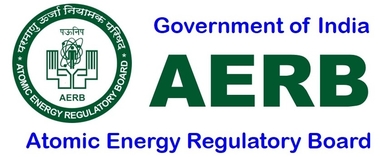Background Natural Radiation
Background radiation, i.e., ionizing radiation present in the environment may be from natural origin or artificial/man-made sources. Natural background radiation sources are cosmic rays and terrestrial sources, natural radioactive material such as radon from ground, building walls and floors, and traces of naturally occurring radioactive material in food and drinks. Artificial or man-made origin includes radioactive fallout from nuclear weapons test and major nuclear accidents, medical diagnostic and therapeutic use of ionizing radiation, X-ray machines, particle accelerators, consumer products and transport of radioactive materials.
Worldwide average of effective dose from background natural radiation is about 2.4 mSv/year (2400 µSv/year). In Kerala coast this is about 12.5 mSv/year. In northern Iran, this value is about 260 mSv/year.
1 Gy = Deposition of 1 J/ kg of matter or tissue.
1 Sv = Biological effect of deposition of 1J/kg of human tissue, i.e. effective dose.
- Please click here to know about radiation in daily life and radiation dose chart for calculating you daily radiation dose.
- Please click here for perspective on Radiation Dose.
Reference/Related Links
- NPCIL: Background Radiation Natural and Manmade
- Wikipedia
- World-nuclear Org: What is background radiation
- NRC: Natural Background Sources
- CNSC: Natural Background Radiation
- CNSC: Fact Sheet-Natural Background Radiation
- ANSTO-Australia: Natural backround radiation
- Natural background radiation - STUK
- The Very High Background Radiation Area in Ramsar, Iran: Public Health Risk or Signal for a Regulatory Paradigm Shift?
- Natural Background Radiation and Population Dose Distribution in India
- Background Radiation and Radioactivity in India
- Population Exposure to Ionising Radiation in India
-
What is background radiation? Is background radiation a risk to me and my family







